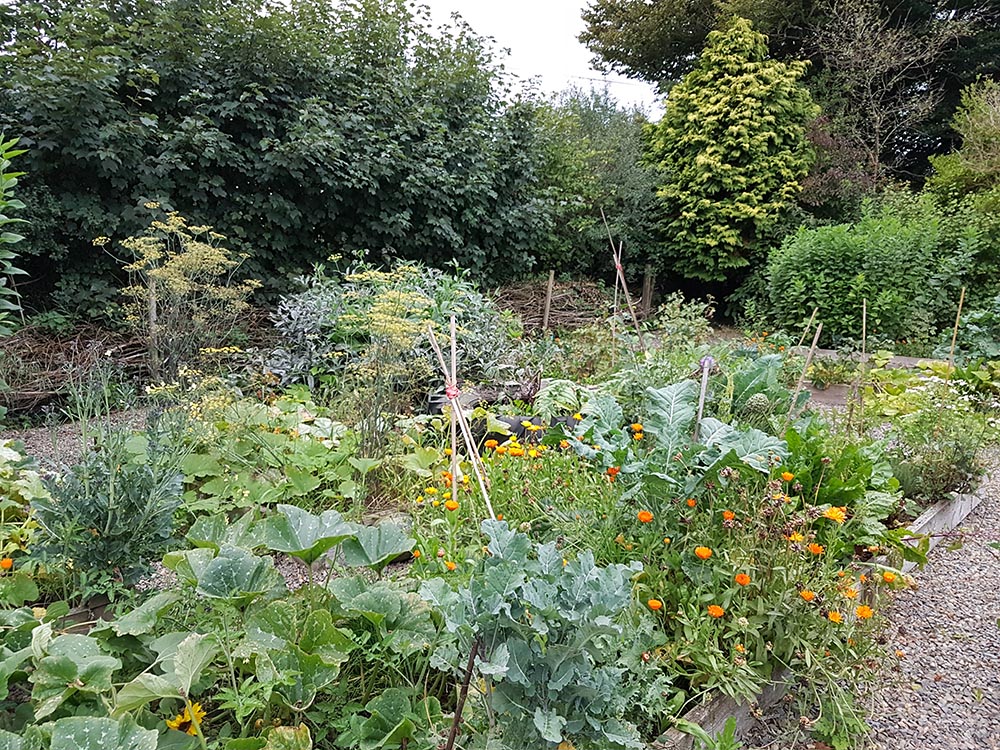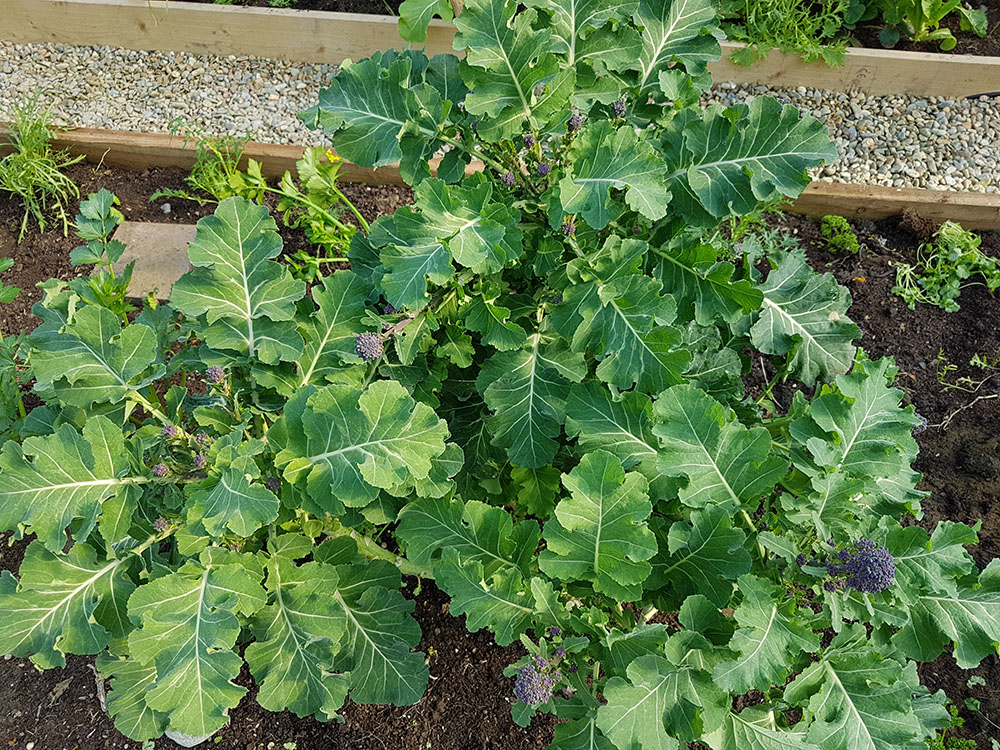Kim Stoddart explains why not meticulously tidying away every crop on your veg patch at the end of the season will reap you multiple marvellous rewards….
Traditional advice dictates that once your crop is ready, or your harvest spent, every remaining plant should be plucked immediately from the ground. It’s all part of this mindset of quick turnaround veg production. One in, one out while making room for the next crop, or later in the season, tidying the veg patch by bedding it down for winter. While it of course makes sense to make the best use of every available growing space, and to have as productive a plot as can be, ripping out every plant at the first available opportunity is actually missing a trick or several.
The truth of the matter is there are actually many plants can be grown on to produce further harvests if you’ll just let them, or which have further uses which are very exciting indeed. As well as saving you time and money, this slower, more considered approach to veg growing also stands to reap extra resilient growing brownie points in the process. Let me explain how:
Turn your brassica perennial
You’ve probably heard of the perennial varieties of brassica such as Taunton Deane kale which will provide you with many years worth of harvest from one longer-living plant, yet what you probably didn’t know is that you can also get a few years life out of many of the wider brassica family.
I first experimented with this several years ago and haven’t looked back. It’s a fantastic way of getting a few seasons worth of harvest out of one single kale, chard, spinach or purple sprouting broccoli plant. It’s also incredibly easy to do. Simply leave your crops to overwinter and come the following spring they will provide you with ample produce before attempting to flower and set seed. All you have to then do is cut them back, conserving the plant’s energy so they can continue furnishing you with bountiful leaf, often the equivalent of several plants bounty from one. It’s also worth allowing them to flower a bit early in the year as pollinating insects like bees love them and will be drawn in.
Under cover in a polytunnel, these brassica can grow on for many years, certainly five or so, while outside you’re looking at an average of three years so you see there’s plenty of life in the old brassica yet.
Maximising your potato potential
When harvesting potatoes from the ground (one of my all-time favourite jobs) there are always a few very teeny tubers within which always seems a shame as they haven’t had the chance yet to plump up and grow. Yet, if you are prepared to get hands on and gently explore by hand under the soil around the centre of your plant, you can harvest the bigger spuds, whilst leaving the smaller ones with room and energy from the mother plant to keep growing on.

Snipping plants off at the stem
Rather than plucking a spent crop out of the ground in its entirety, I highly recommend instead cutting it off at the base and leaving the roots in the ground. This may sound a bit strange but there are many reasons why it’s not. Firstly, doing so will help protect the soil by holding it together which is very useful over winter as it helps to prevent nutrient leach away from rain. Secondly, in the case of legumes, like beans and peas, leaving the stems in the soil will help make the best use of their fantastic nitrogen fixing properties to the benefit of your patch. Then last but certainly not least, have you ever pulled a plant from the ground and wondered what all the white bits are around the roots? It’s quite possibly mycorrhizal fungi, which work in symbiotic way with plants to help provide nutrients and boost health underground. So by yanking your crop out of the ground at the end of the season you are potentially removing this fantastic resource. Much better therefore to leave it in the ground to let it work its magic the following season.
Self seeding
This is seed saving at its lazy best and just some of the easiest plants with which to work in this way are coriander, parsley, rocket, calendula and nasturtium. Just leave them in the ground to flower, set and scatter their own seed and in return you’ll get lots of lovely plants for free next spring. The resulting seedlings will geminate themselves when they are good and ready and just need to be moved to a new spot on your plot, saving you the cost of buying, sowing and planting seed. Isn’t nature marvellous! This article first appeared in the September issue of Grow Your Own magazine.
